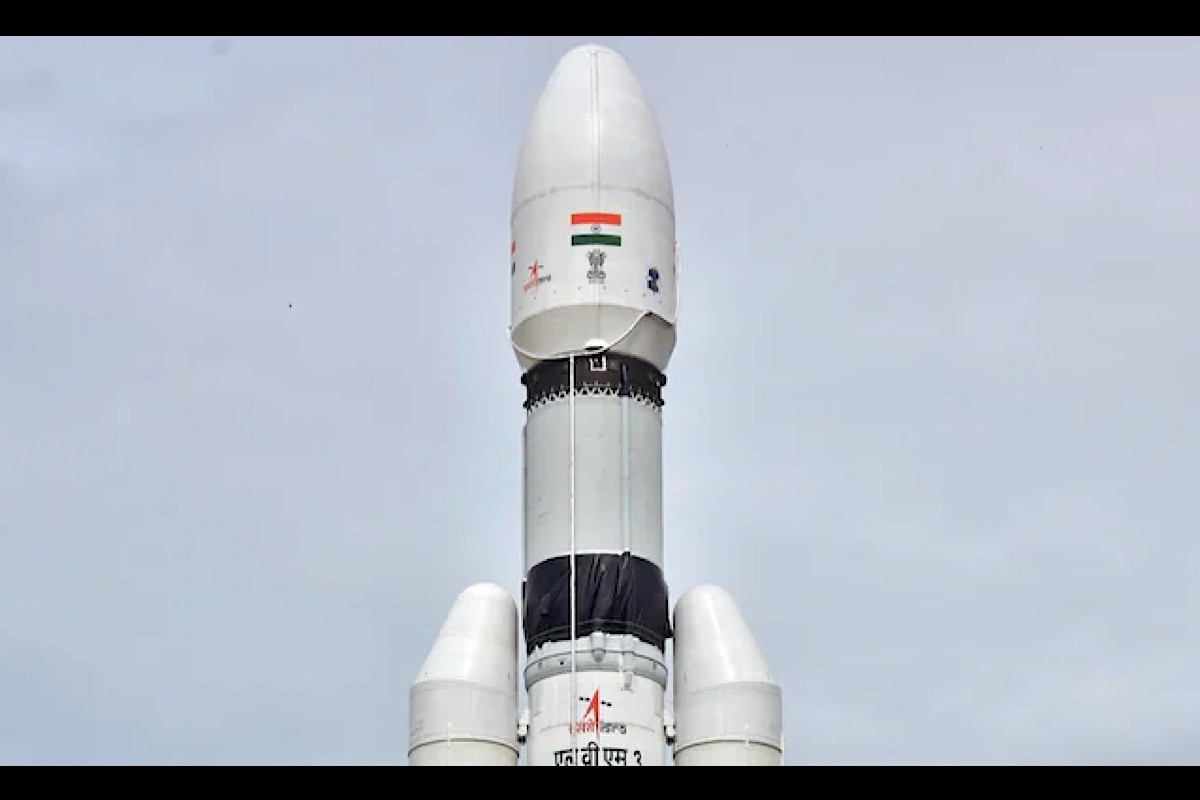Goa CM and Cabinet take holy dip at Triveni Sangam
Goa Chief Minister Pramod Sawant, along with his Cabinet colleagues and the state party president, took a holy dip at the Triveni Sangam on Saturday.
The mission to the moon constitutes demonstration of the technologies to come back to Earth after successfully landing on the moon and also collect moon samples and analyse them on Earth.

Representative Image
The Union Cabinet, chaired by Prime Minister Narendra Modi, Wednesday approved the mission to the moon named Chandrayaan-4 to develop and demonstrate the technologies to come back to Earth after successfully landing on the moon and also collect moon samples and analyse them on Earth.
This Chandrayaan-4 mission will achieve the foundational technologies’ capabilities for an eventual Indian landing on the moon (planned by year 2040) and return safely back to Earth. The major technologies required for docking/undocking, landing, safe return to earth and also accomplish lunar sample collection and analysis would be demonstrated.
Advertisement
The Union Cabinet also approved the development of Venus Orbiter Mission (VOM), which will be a significant step towards the government’s vision of exploring and studying Venus, beyond moon and mars.
Advertisement
Venus, the closest planet to Earth believed to have formed in conditions similar to Earth, offers a unique opportunity to understand how planetary environments can evolve very differently.
The government has outlined an expanded vision for the Indian space programme during the Amrit Kaal that envisages an Indian Space Station (Bhartiya Antriksh Station) by 2035 and Indian Landing on the Moon by 2040. To realise this vision, a series of Gaganyaan & Chandrayaan follow-on missions are envisaged, including the development of associated space transportation & infrastructure capabilities. The successful demonstration of safe and soft landing of Chandrayaan-3 Lander on the Lunar Surface has established vital technologies and demonstrated capabilities that only few other nations possess. A natural successor to the successful landing mission is the demonstration of the ability to collect Lunar Samples and return them safely back to Earth.
The ISRO will be responsible for the development of spacecraft and launch. The Project will be effectively managed and monitored through the established practices prevailing at the ISRO. The mission is expected to be accomplished within 36 months of approval with the participation of industry and academia.
All the critical technologies are envisaged to be indigenously developed. The realisation of the mission is through various industries and it is envisaged that there would be high employment potential and technology spin-off to other sectors of the economy.
The total fund requirement for the technology demonstration mission “Chandrayaan-4” is Rs. 2104.06 crore. The cost includes spacecraft development and realisation, two launch vehicle missions of LVM3, external deep space network support and conducting special tests for design validation, finally leading to the mission of landing on the moon surface and safe return to Earth along with the collected lunar sample.
The mission will enable India to be self-sufficient in critical foundational technologies for manned missions, lunar sample return and scientific analysis of Lunar samples. For the realisation of the mission, there will be a significant involvement of Indian industry. Plan for associating the Indian academia through Chandrayaan-4 science meets, workshops, is already in place. This mission will also ensure the establishment of facilities for curation and analysis of the returned samples, which will be national assets.
Advertisement